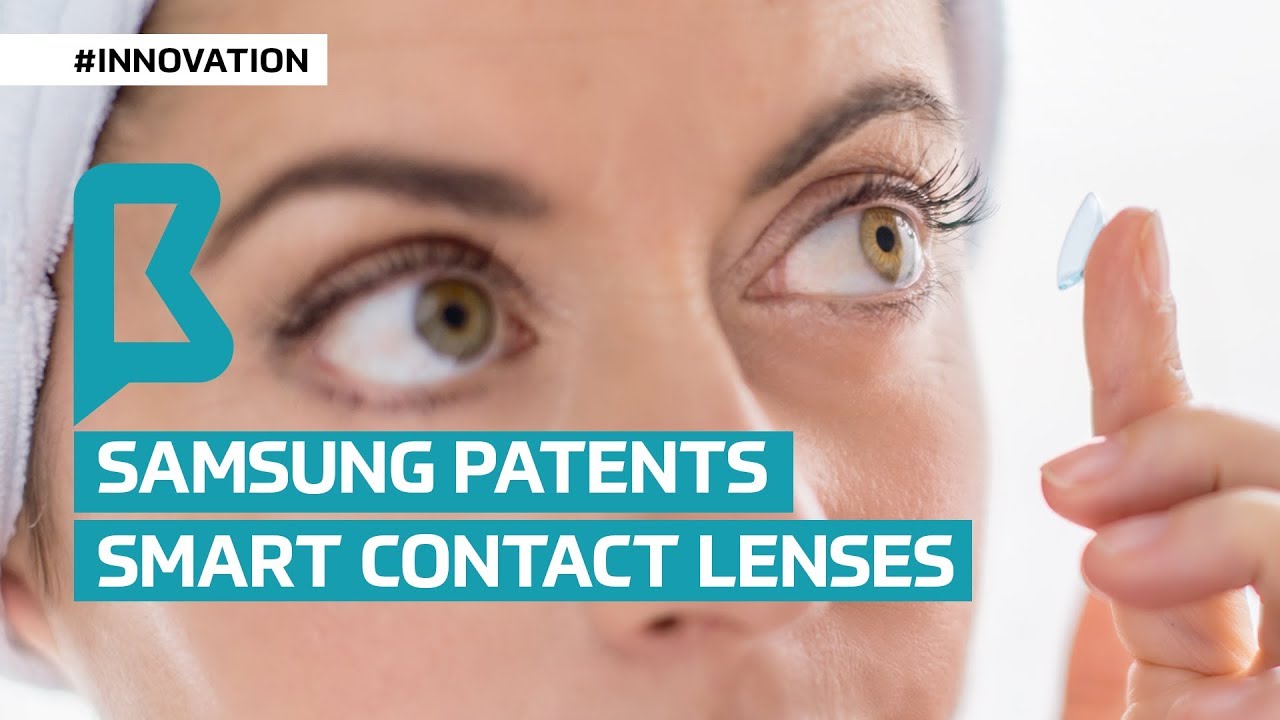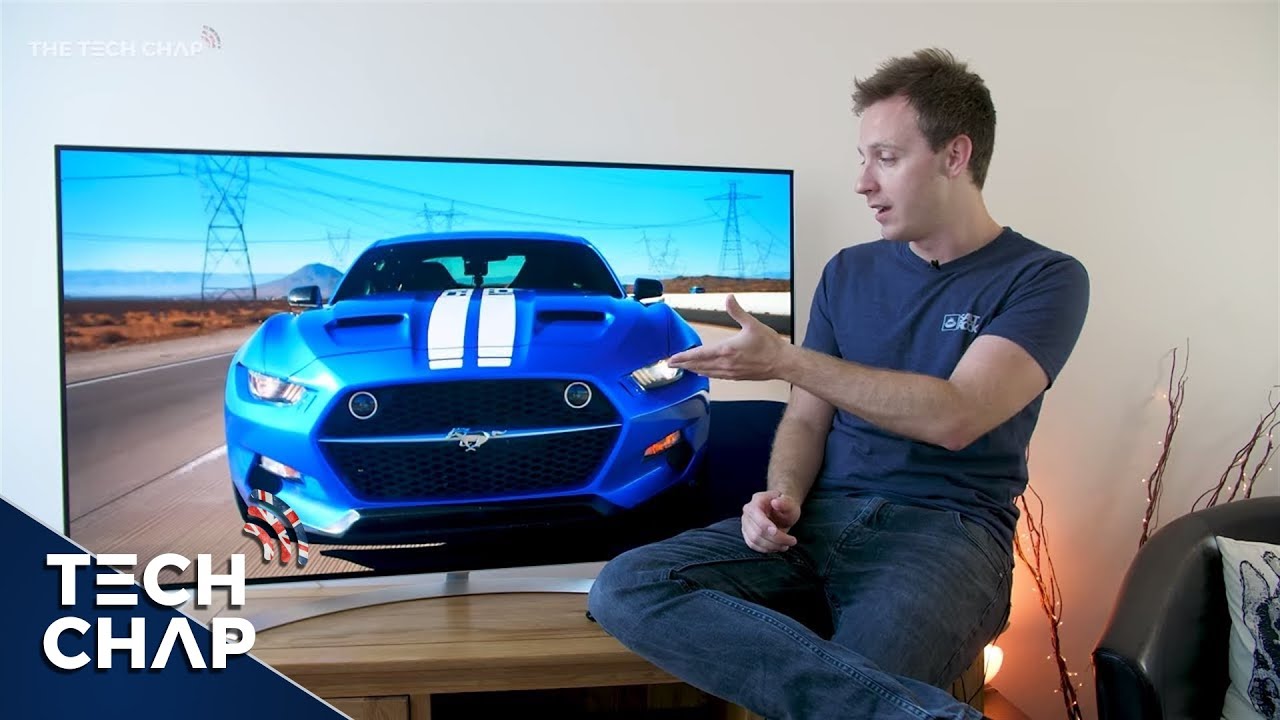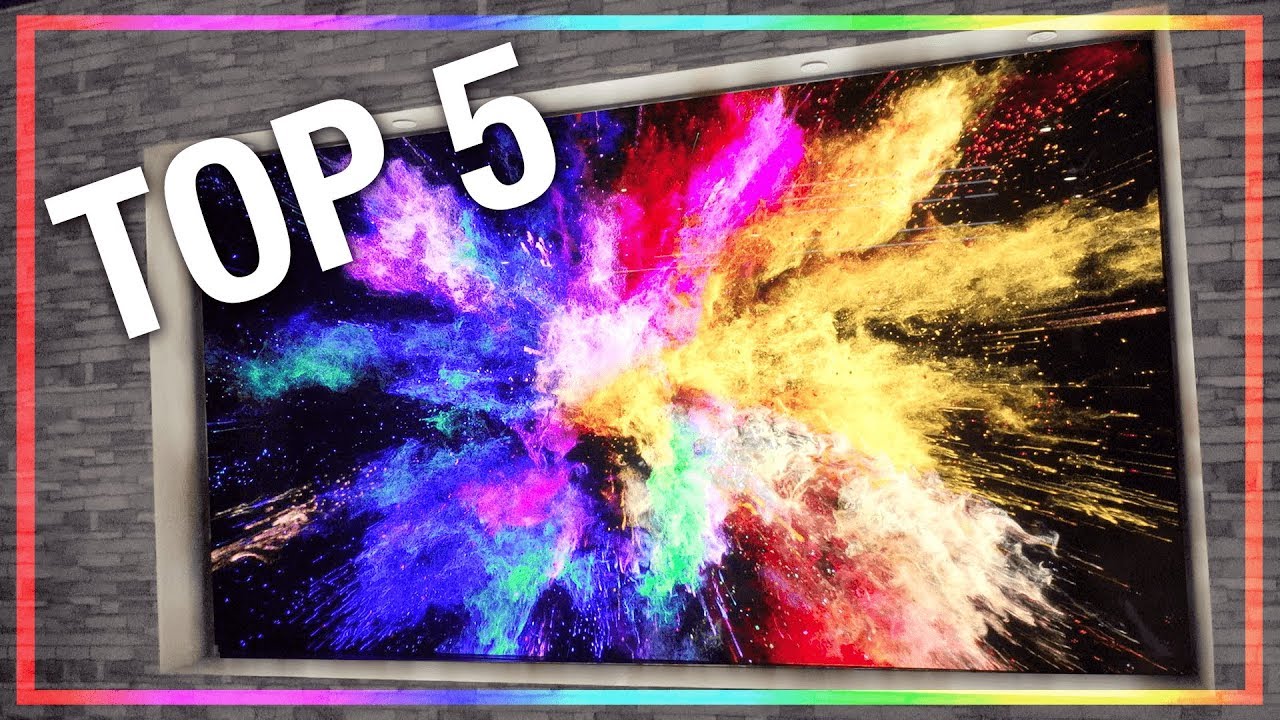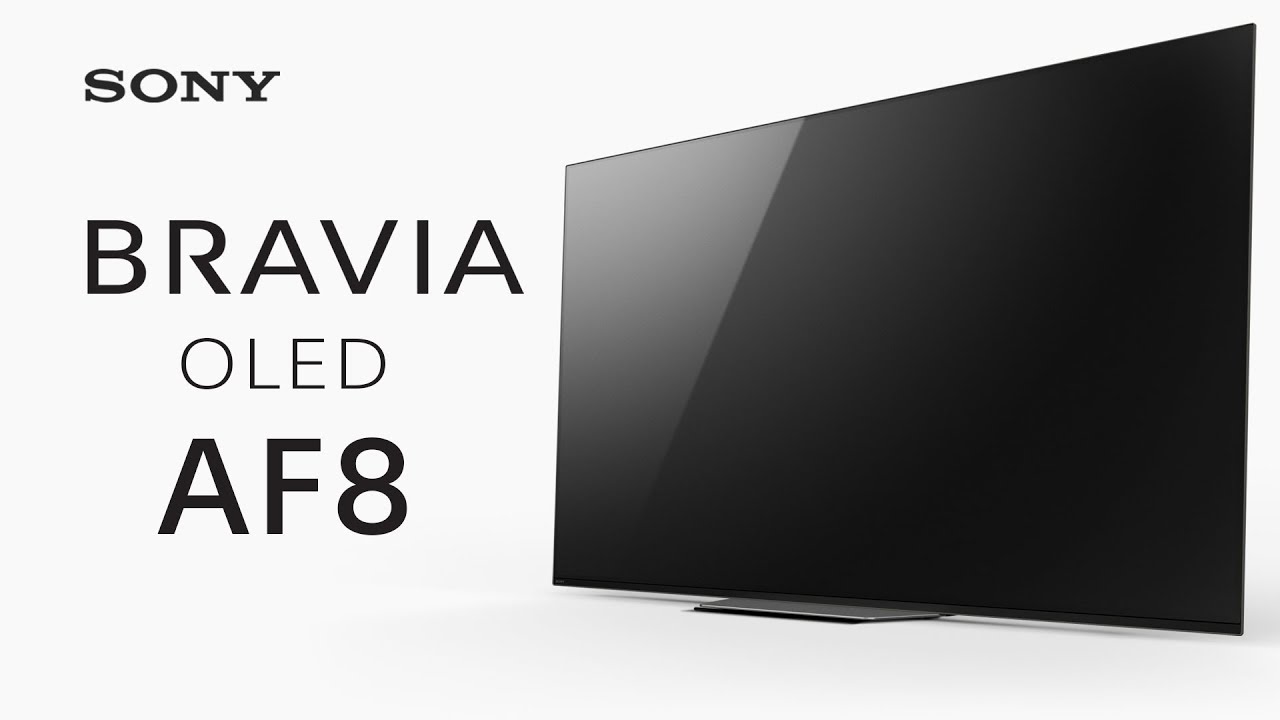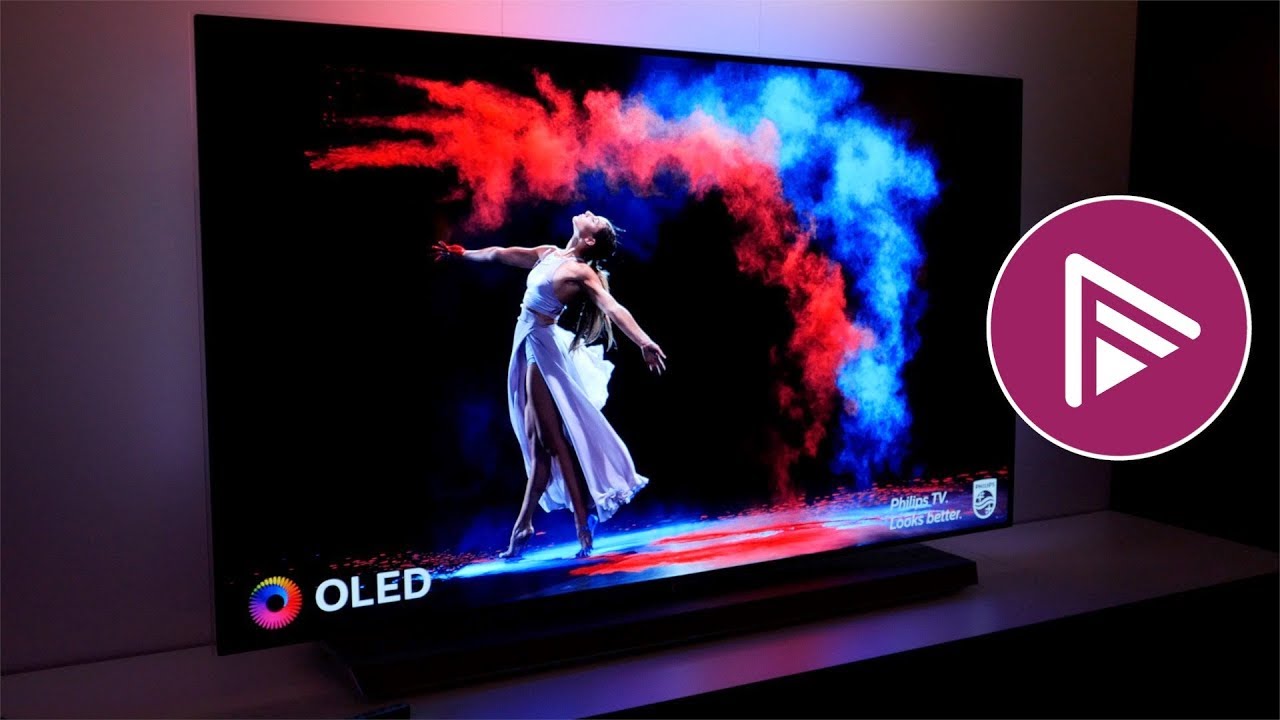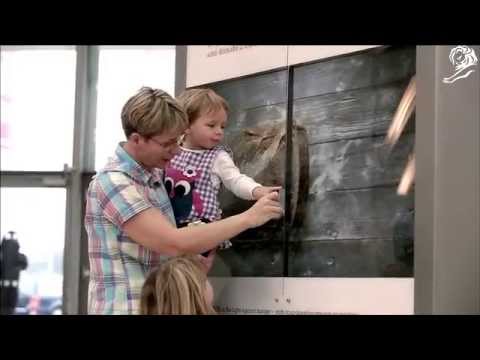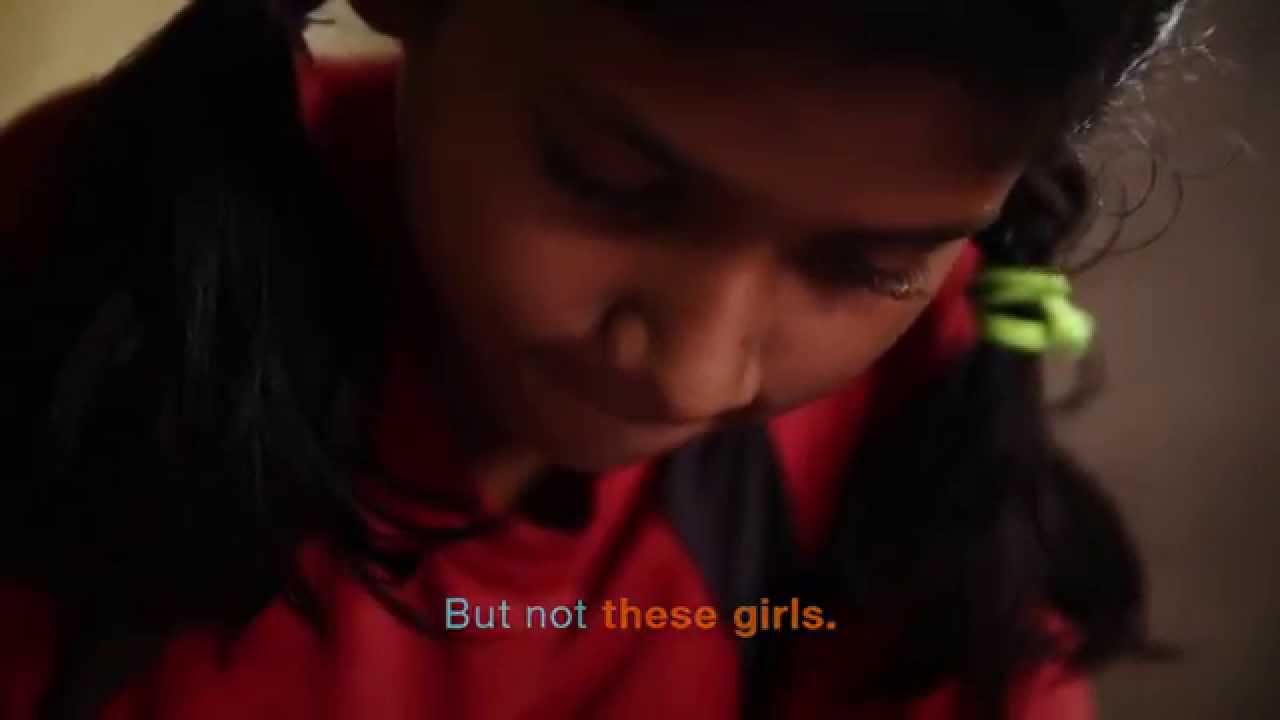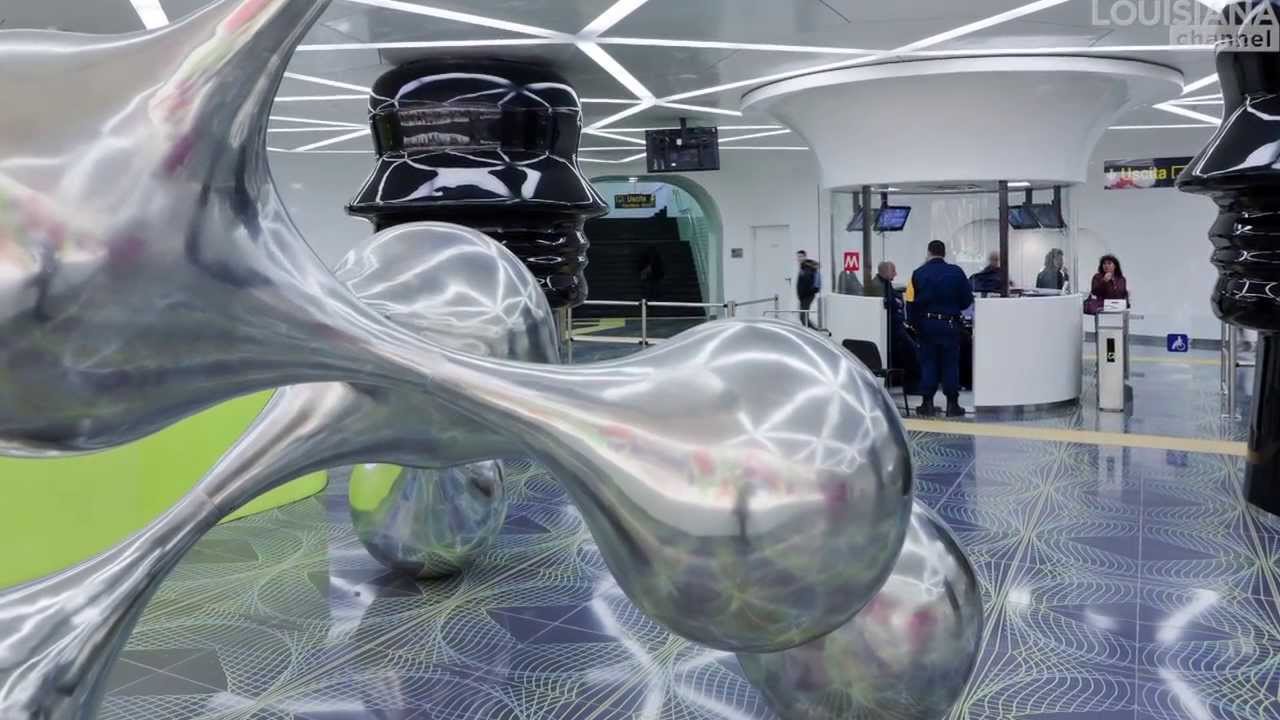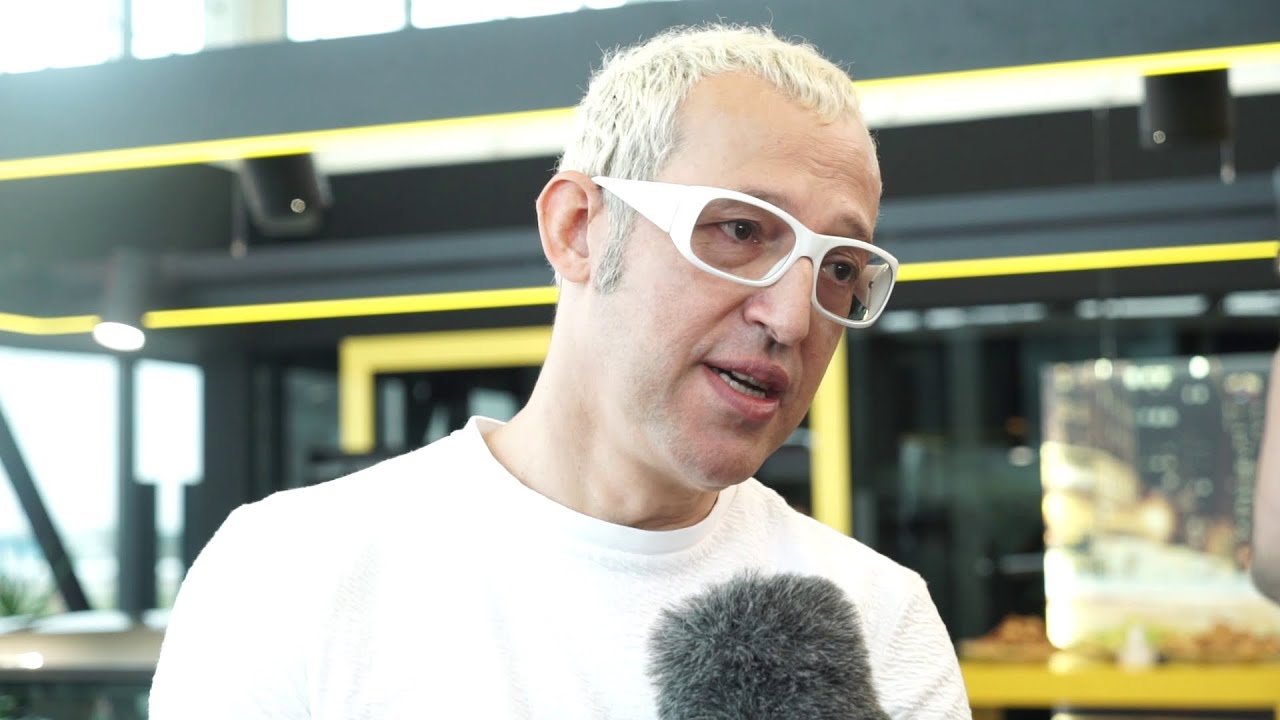Simona Panait (Samsung): Our people are at the heart of innovation
Samsung inspires the world and shapes the future with innovative ideas and technologies. The company is redefining the world of TVs, digital signage, smartphones, wearables, tablets, home appliances and networking systems, as well as memory solutions, system LSIs and semiconductor manufacturing.
Samsung is also advancing medical imaging technologies, HVAC solutions and robotics, while creating innovative automotive and audio products through Harman. With its SmartThings ecosystem, open collaboration with partners and the integration of AI across its portfolio, Samsung delivers a seamless and intelligent connected experience.
For the latest news, please visit the Samsung Newsroom at news.samsung.com.
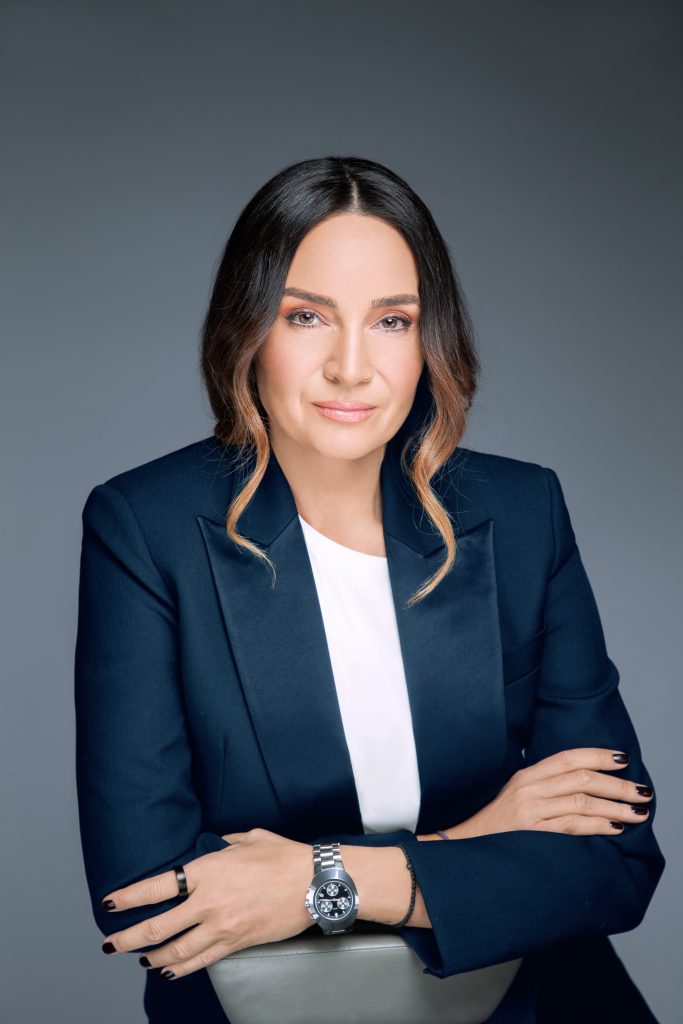
We welcomed Simona Panait, Marketing Director, Samsung Romania and Bulgaria for an interview on AI and technologies, how is leadership changing in the AI era, the Samsung’s latest projects and more.
Interviewer: How is Samsung evolving its business strategy to stay ahead in an AI-driven world?
Simona Panait: Samsung is building an unified AI-centric ecosystem that integrates seamlessly across devices and services, ensuring we lead technological innovation. Since being the first to bring AI on smartphones by launching Galaxy AI with the S24 range in early 2024, we’ve introduced advanced intelligent features like intelligent translation, image editing, media search, and automation—supporting over 20 languages, including Romanian, which we also proudly introduced first within the mobile industry. We expanded these features to our mid-range Galaxy A series, making AI accessible to a broader audience. At IFA 2025, we showcased “AI Home,” where intelligence is embedded in TVs, appliances, and more, using SmartThings and Knox to create connected spaces that enhance wellness, security, and energy efficiency. Collaborations with Google Gemini and Microsoft Copilot further enhance AI experiences across mobile and displays, reflecting our commitment to innovation, privacy, and inclusivity.
Interviewer: What are the most critical innovation priorities for Samsung in the next 12–18 months?
Simona Panait: Our key priority is to deepen AI integration across all devices and services to create smarter, more intuitive experiences. At IFA 2025, we introduced “AI Home – Future Living Now,” a vision where connected living spaces automate daily routines, optimize energy use, and provide contextual recommendations. Through our SmartThings and Knox platforms, homes become more intuitive, supporting wellness and sustainability. The multiple IFA Innovation Awards Samsung received this year, including 9 Best of Innovation awards and 18 Honoree distinctions in categories such as design, home entertainment experience and innovation, highlights our leadership in combining top-tier design with breakthrough AI applications that enhance lifestyles.
Interviewer: How is Samsung leveraging AI to enhance product design, user experience, and ecosystem integration?
Simona Panait: We approach design with a human-centered, data-driven mindset, always putting user needs and accessibility first. Guided by our Chief Design Officer Mauro Porcini, AI is a creative partner that helps us build adaptive, intuitive products. At IFA 2025, we introduced Vision AI Companion for Samsung TVs and monitors—a generative AI-powered assistant providing natural, conversational, and context-aware interactions just by pressing an AI button on the remote. It answers questions visually and comprehensively, making discovery immersive and effortless. In home appliances, AI helps products adapt to user lifestyles through contextual recommendations and automations, all connected through SmartThings. Our award-winning innovations reflect a perfect balance of advanced technology and usability, enriching everyday life with empathy and intelligence.
Interviewer: How does Samsung maintain a culture of innovation and collaboration across its global teams?
Simona Panait: Our people are at the heart of innovation. Using Samsung Gauss2, our proprietary multimodal AI platform, we boost efficiency and save time for creativity and team growth through AI-assisted coding and conversational tools. We foster collaboration through flexible work environments, internal idea challenges, AI taskforces, and a culture that encourages curiosity and friendly competition. This culture keeps our teams energized and ready to innovate.
Interviewer: What are the most important skills or mindsets you’re cultivating in leadership today to prepare for tomorrow’s disruptions?
Simona Panait: Curiosity and relentless innovation are core to Samsung’s DNA—leaders need to embrace change and evolve with new leadership models. Empathy is also critical; understanding people’s needs and generational shifts helps us stay relevant. We empower our teams with continuous learning and encourage engagement with leading industry events like Brand Minds to stay connected to emerging trends.
Interviewer: What is Samsung’s vision for the future?
Simona Panait: Samsung envisions a world where every device is smarter, seamlessly connected, and deeply personal through AI. Starting with Galaxy S24, we aim to expand Galaxy AI to over 400 million devices by the end of 2025. Our AI foundation, including Samsung Gauss2 and advanced semiconductors, powers fast, private, and reliable AI experiences directly on devices. We are committed to responsible AI development, based on fairness, transparency, and accountability, and actively engage globally on AI safety. Beyond tech, our vision embraces accessibility, privacy, and sustainability, creating a future where AI enhances lives compassionately and meaningfully. This vision is deeply embedded in Samsung’s DNA and our promise to democratize access to AI and the latest technological advances that can bring meaning and wellness into the lives of users.
Interviewer: What is the #1 change Samsung applied following BRAND MINDS?
Simona Panait: Our first year alongside Brand Minds has reinforced our trust in local AI adoption and we were surprised by the curiosity and openness of the Romanian business community to embrace technology and innovation, and the ability to recognize its benefits for enhancing productivity and connection. We were delighted to see 50% of attendees actively try our Galaxy AI tool during the event. This inspired us to bring even more AI-powered applications this year to help the business community harness innovation for greater productivity and connection, advancing new ways of doing business and leadership.
Galaxy Z Fold7: Redefining the mobile office for modern leaders
In today’s fast-paced business world, leaders are no longer tied to fixed desks. The Galaxy Z Fold7 redefines mobile productivity, combining the elegance of a slim smartphone with the power and versatility of a foldable workspace. It’s the ultimate tool for those who want to stay efficient, anytime and anywhere.
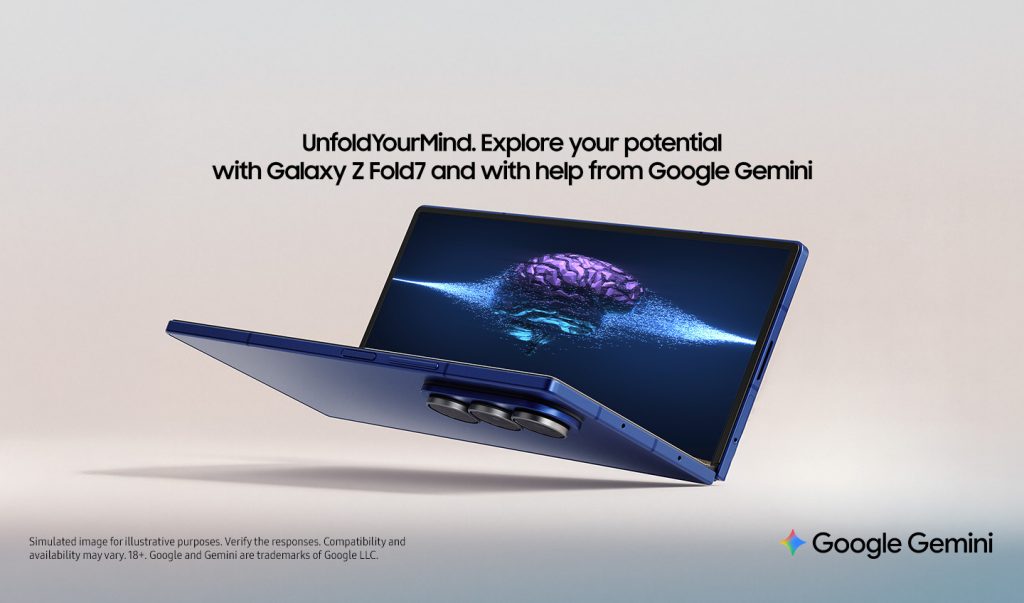
Productivity on a grand scale
The first thing you’ll notice about the Galaxy Z Fold7 is its revolutionary form factor. When closed, it’s a sleek, powerful smartphone, but unfold it, and you’re presented with a massive, tablet-sized screen. This expansive canvas is a game-changer for multitasking. Imagine reviewing a complex spreadsheet while simultaneously responding to emails or managing your project timelines and a video call side-by-side. The large screen allows for seamless, desktop-like productivity, all from the palm of your hand.
And this power comes without compromise. The new Galaxy Z Fold7 features come in an even slimmer and lighter design, making it effortlessly mobile. It’s the perfect fusion of a powerful tablet and a portable phone, ensuring you can work anywhere, anytime, with remarkable ease.
Your AI-powered business partner
True productivity isn’t just about screen size — it’s about intelligence and flexibility. The Galaxy Z Fold7 combines a slim form factor with a large, immersive display, making it easy to use while delivering high productivity. And thanks to Samsung Knox security, your data stays protected wherever you work. Overall, it’s like having a PC or laptop in your pocket.
Powered by Galaxy AI, the Z Fold7 offers a suite of tools designed to simplify your workflow:
- Now Brief – start your morning with a personalized overview of your schedule, tasks, and key updates, so you know exactly how your day will unfold.
- Transcript Assist – turn meetings into summaries, action points, or calendar items.
- Photo Assist & Generative Edit – remove distractions and create polished visuals instantly, whether for professional presentations or quick social content.
- Browsing Assist – stay up to date with read-aloud highlights and automatic translations into other languages when needed.
- Live Translate & Interpreter – attend conferences or business meetings without a translator, thanks to instant, real-time translations.
- Writing Assist – generate and refine text with spelling and grammar corrections tailored to your preferred tone of voice.
And when you need deeper insights, the Galaxy Z Fold7 integrates seamlessly with Gemini, Google’s powerful AI assistant. With Gemini Live, you can ask context-aware questions about what’s on your screen and get instant, relevant answers — whether you’re analyzing data or preparing a pitch.
From features to real-world impact
These capabilities translate directly into a new way of working. A sales executive can edit a contract live on screen while on a video call, a project manager can manage multiple timelines and spreadsheets simultaneously, and a creative director can sketch out new concepts on the fly while referencing inspiration images. The Galaxy Z Fold7 is a powerful tool that adapts to your workflow, unlocking new levels of efficiency.
Ready to experience the future of business productivity? See the transformative power of Galaxy AI and the Galaxy Z Fold7’s features for yourself.
Download the Try Galaxy app from https://trygalaxy.com/ and explore the possibilities directly from your current phone.
Simona Panait (Samsung Electronics) – Our strategy is AI for ALL
Samsung’s story begins in 1969 when the company was founded to help people achieve the impossible. For over 50 years, Samsung has been innovating, creating technology that shatters old and new barriers helping people do the impossible. We continue to be driven by our mission, putting people and the things they love at the core of everything we create.
In this interview, Simona Panait, Head of Corporate Marketing & Communications South-East Europe, Samsung Electronics România & Bulgaria shares with us more about Samsung’s approach to innovation and AI technology, company culture and team development.
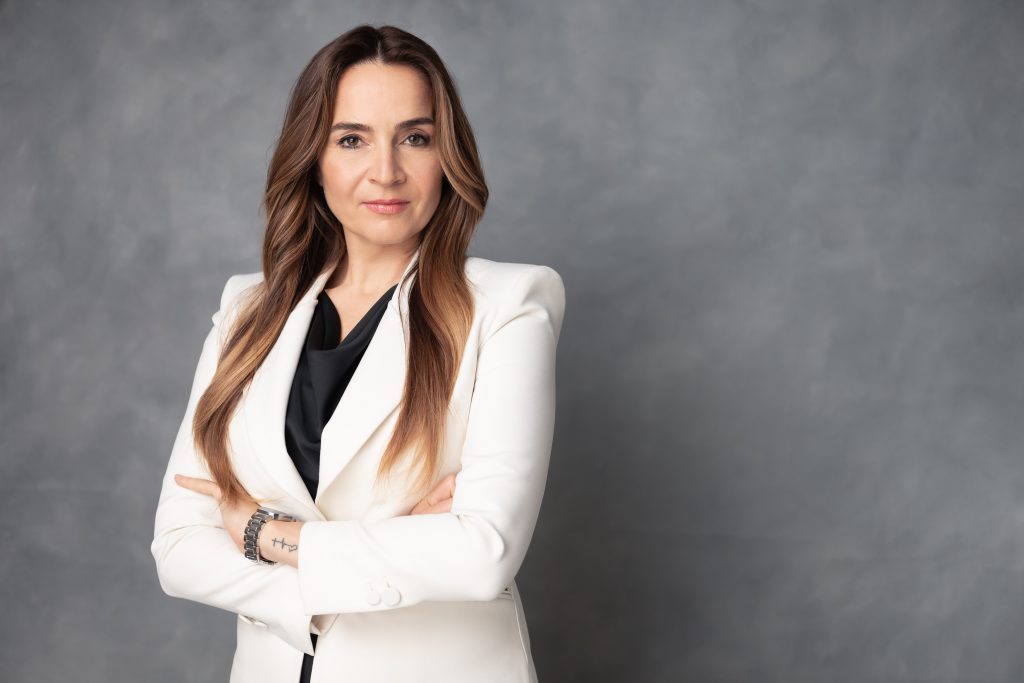
1. In what ways does Samsung envision AI shaping the future of consumer electronics and everyday life?
Innovation is part of Samsung’s DNA in terms of new products and technologies, but also in terms of how we approach our marketing initiatives.
If few years ago, when talking about innovation people were surprised by the latest CPU or the number of mega pixels available in the smartphone’s camera, now we are witnessing a new type of progress: now we see the AI technologies featured by Samsung products so advance they can offer people one of the most important resource, time. Either we are talking about the smartphone we carry daily in our pockets or about the washing machine which uses AI Energy Saving Mode to preserve energy, thus having a direct impact on the total energy spending of the household. AI technologies will change for sure the way we connect, we interact, making each of us more productive and creative.
2. What are Samsung’s long-term goals regarding AI?
If we need to summarize Samsung’s strategy for the new AI technology development, it should be AI For ALL, highlighting our commitment to industry-leading innovation and strategic work in improving lives.
With the potential to enhance experiences at home, at work, and everywhere in between, Samsung’s vision for AI encompasses all aspects of daily life. Just to give you an example, with Interpreter feature available on Galaxy AI universe, users can have real time conversations with a foreigner which language they don’t know, or they can have assistance when writing a business email.
3. What unique AI-powered applications or features does Samsung integrate in its products?
Well, I was talking earlier about Interpreter, and this is only one feature useful for both business and regular users. But Samsung’s foldable devices feature sophisticated AI features designed to adapt to your needs and optimize productivity.
Here’s how these AI-driven capabilities can elevate your business operations. Note Assist helps by transcribing your recordings and organizing them into coherent, concise summaries, thus making it easier to follow-up daily meetings. Circle to Search allows you to perform searches on the large fold-out screen by simply drawing a circle with your finger or the S Pen.
4. How do you define Samsung’s company culture?
Samsung philosophy is very human centric, no matter if we are talking about our internal environment, our clients or other stakeholders: dedicating its talents and technology towards creating superior products and services that contribute to a better global society. To achieve this, Samsung places great value on its people and technologies.
5. How important is team development for Samsung?
Samsung’s organizational culture is designed to motivate employees to achieve excellence, while supporting a diverse and inclusive work environment, which is essential for fostering creativity and innovation. Additionally, Samsung’s excellence is supported through the individuals that contribute each day to these developments and this is why in our teams it is common to support development of opportunities for all team members, passion for excellence, ethical foundation for integrity and constant progress.
Embrace the Future of Business with Samsung Z Fold6
Galaxy AI makes your professional life easier
In today’s rapidly evolving business landscape, efficiency, flexibility, and adaptability are essential. Samsung’s foldable devices are not just innovative in their form factor but also in how they integrate advanced technology to transform your life. By combining cutting-edge design with powerful AI capabilities, Samsung offers tools that can significantly enhance your productivity.
Seamless Multitasking with Z Fold6 Flexibility
Discover a revolutionary way to manage tasks by effortlessly transitioning from a compact smartphone to a robust tablet, providing a 7.6-inch display that redefines multitasking. Imagine handling a video conference on the expansive screen while simultaneously reviewing documents or responding to emails on the other half.
Why Samsung’s Foldables are ideal for modern professionals
Samsung’s devices are designed to cater to your needs. Whether you’re in a meeting, traveling for business, or working remotely, Z Fold6 ensures a more efficient and seamless workflow.
Samsung’s foldable device stands out for their exceptional build quality. Made with durable materials and advanced hinges, they are designed to endure the rigors of daily business use. Their reliability and toughness make them a trustworthy tool for navigating the demands of today’s competitive business environment.
AI-Powered Efficiency: Transforming Business Operations
Samsung’s foldable device comes equipped with sophisticated AI features designed to adapt to your needs and optimize productivity. Here’s how these AI-driven capabilities can elevate your business operations:
Note Assist
You can easily summarize your meeting in just a few taps with Note Assist.
Circle to Search
It’s an efficient way to search on a smartphone — just make a circle. Boost your productivity on the massive fold-out screen, with your finger or the S Pen.6
Interpreter
Your ultimate interpreter, with dual screen, that translates on spot for a smooth and effective communication.
Live Translate
Enhance your global business interactions with a feature that provides instant interpretation during phone calls.
Photo Assist
This feature ensures that every photo you take is visually striking and professionally presented, making it easier to create compelling content for your business needs.
Looking to the future
As the business world continues to evolve, so must the tools that support it. Samsung’s devices, with their innovative design and advanced AI capabilities, represent the future of mobile technology. These devices are more than just tools; they are powerful enablers of productivity and efficiency that can transform how you work.
Embracing Samsung’s devices means equipping yourself with the technology needed to stay ahead in a rapidly changing landscape. Experience the synergy of innovation and efficiency that Samsung offers, and unlock a new way to work smarter, not harder.
Samsung patents smart contact lenses
Smart contact lenses will be capable of streaming texts, capturing videos and even beaming images directly into a wearer’s eyes.
Check it out!
Top 5 Best TV Brands in 2018
LG
LG makes five series of OLED TVs, all of which have the exact same excellent picture quality. “We choose the LG C7 OLED as our best TV of 2017 because it offers the perfect blend of performance, design, and price. You simply can’t get a better picture from any other TV, and LG’s WebOS smart TV software makes the TV a joy to use, with support for all the best 4K HDR apps. Sure, there are fancier TVs out there, but none of them makes as much sense as LG’s C7 OLED,” wrote Digital Trends.
LG is also on top in TechRadar’s list, with LG OLED C7 – available in both 55 and 65-inch iterations. “It’s here because it delivers better brightness and light control than last year’s C6, making it a high dynamic range performer that doesn’t sacrifice OLED’s class-leading standard dynamic range capabilities. It delivers its new picture thrills at a price that finally makes OLED a financially viable alternative to top-end LCD sets making it, beyond a doubt, one of 2018’s most irresistible TVs,” said TechRadar.
Sony
TrustedReviews considers that Sony KD-65A1 could win the prize for the most unusual TV design. Moreover, “the Sony A1 isn’t just an OLED TV – Sony’s ‘Acoustic Surface’ technology does away with speakers entirely and shakes the screen to make sound. And it totally works. Crazy sound systems aside, Sony’s first commercial 4K OLED TV is a huge success, with bags of fine detail, lovely colours and class-leading motion handling. It’s a bit on the pricey side, but if you want something that can show off what TVs are all about in 2017, this will do nicely”.
At the same time, another Sony product, The Sony Bravia XBR-65A1E, received from Tom’s Guide the title of “Best Picture Quality”, something we all expect each time we hear the name Sony Bravia. “A truly superior OLED TV with impressive sound and robust Android TV features. The 65-inch OLED panel delivers deep blacks, strikingly sharp pictures and excellent viewing angles. The 4K set also includes support for Dolby Vision and other HDR formats to deliver better brightness and more colors. Sony’s Acoustic Surface technology is a unique approach to audio, which turns the glass of the display into a speaker, and is a significant improvement in television sound,” writes the website.
Samsung
According to GadgetReview the brand is on the second spot, as Samsung televisions carry an above average price compared to most of the other brands on the market, but the image quality options with this family of TVs justifies a slightly higher price point. “Samsung units commonly feature the well regarded Tizen interface, making Samsung one of the best Smart TV brand options. If you’re looking for a best 4K TV brand, Samsung again ranks well in terms of Ultra HD display quality. As far as display technology, Samsung currently is focused on LED-LCD TVs, but it has experimented in the past with OLED — even releasing a few models a few years ago — and it recently discussed quantum dot LED displays,”explained GadgetReview.
“It’s difficult to overstate quite how good the Samsung UE65KS9500 is. There are few TVs out there which can do justice to 4K HDR content like this TV can – apart, maybe, from the Panasonic which you’ll find below in the second spot – and the results have to be seen to be believed. The curved screen is partnered with slick design and good looks, and although the KS9500 is a tad chunkier than rival sets around the rear, that’s for good reason. The extra girth hides an FALD (full array local dimming) backlight which allows the Samsung to provide super-bright HDR highlights across its 65in panel while delivering astonishing contrast and deep, lustrous blacks. Gaming responsiveness is best in class, too, which is a bonus,” also considers expertreviews.co.uk.
Panasonic
Panasonic has long offered some of the best TVs in the market, dating back to the days of CRT models. And the manufacturer offers a nice collection of large screen televisions today, especially excelling as the most energy efficient TV brand. According to Gadget Review, that offers Panasonic the number 5 position in its top, Panasonic LED-LCD televisions are extremely easy to set up and use. Moreover, “Panasonic has done a nice job capitalizing on its strengths from the past to create sets with good 4K image quality”.
Philips
“Philips has a bit of a trick up its sleeve thanks to its Ambilight technology, which projects colors onto the wall behind it that mirror those shown on the TV itself. The result is that the company’s flagship OLED series, the 9002, is a really stunning piece of tech, and its P5 picture processing engine is great at getting the most out of its OLED panel. You’ll be paying a slight price premium over LG’s more budget sets, but Ambilight could be exactly what you need to justify that premium,” considers TechRadar.
The Best 10 CSR Campaigns Of The Last Years
More than ever a company’s sustainability and CSR efforts are important and highly regarded by consumers and other brands in the market.
Although both clients and agencies let their creativity run wild on this type of campaign, looking for the most appealing, insightful, and emotional manner to get to the consumer, realizing a good, strategic, and creative CSR campaign is not such an easy task as some might think.
Therefore, in no particular order, we decided to present you 10 of the most interesting, smart, and beautiful CSR campaigns of the world in the last years, that really impressed us and hopefully will inspire you as well.
The Best 10 CSR Campaigns of the last years
1. Marks & Spencer – “Shwopping”
Every item you place in one of our Shwop boxes helps to put an end to poverty. Your Shwopped items are resold, reused, or recycled and allow Oxfam to fund all sorts of vital projects around the world.
Incredibly, since 2008 the M&S and Oxfam Shwopping partnership have collected over 20 million items, worth an estimated £16 million for Oxfam’s work.
So next time you’re clearing a space in your wardrobe, drop any unwanted clothes into your bag and drop them off in a Shwop box at your nearest M&S. It’s so easy.
2. National MS Society – “Off My Wave”
After decades of surfing, local legend Steve Bettis was diagnosed with progressive MS in 2006. While surfing is still central to his life, he hasn’t been able to get on the water in 10 years.
National MS Society and professional surfer Robert “Wingnut” Weaver worked together to create a virtual-reality experience to get Steve back on a wave.
Share your own experience with someone at WeAreStrongerThanMS.org.
3. Under Armour – “I Will What I Want”
The campaign speaks to women who do not need permission, advice, or affirmation from others in order to achieve their dreams.
Droga5 developed an extensive campaign that kicked off with a film featuring ballerina Misty Copeland who proves that inner strength and sheer will can trump adversity.
4. Misereor – The Social Swipe
This was the world’s first interactive advertisement display able to accept credit card donations.
All potential donors had to do to donate €2 to German international development charity MISEREOR was swiping their credit card through a specially designed poster. Once they’d done this, they received instant feedback on what their gift would achieve.
There were two creative executions. On one poster the credit card cut through the image of the bound hands of an imprisoned Filipino child.
On the other, the donors could use their credit cards to cut a slice of bread from a loaf. The bread represented the cost to provide a daily meal for a family in Peru.
Moreover, donors were given the chance to turn their one-off gift into a regular gift through a request on their bank statement.
5. Unilever – Farewell To The Forest
Unilever has set out to protect one million trees in Brazil and Indonesia.
This is all part of a wider scheme to halve the environmental footprint of their products by 2020 – a fast-approaching deadline.
Between them, London-based Ogilvy & Mather, and Argentinian Ogilvy spin-off DAVID have created a touching film to promote this goal.
6. Samsung – Bringing Light To Ethiopia
Samsung’s partnership with the Korea International Volunteer Organization has brought solar-powered lanterns to areas where electricity is scarce.
This resource has helped children, like Aster, help their family. With added light, she is self-sufficient and able to: make more baskets, save money, and provide for her family.
7. Ad Council – #IamAWitness
“I am a Witness” for Ad Council introduced the world’s first emoji created for a social cause.
The emoji, which is now on every iPhone and Android phone, is a way of combating not just bullying but also any apprehensiveness about stepping in that witnesses may be feeling.
Eighty-eight percent of teens that use social media reports witnessing others being mean or cruel on social networking sites.
There are a lot of anti-bullying efforts speaking to bullies and victims, but, one key audience is rarely targeted: those who are witnesses.
Ad Council’s “I Am A Witness” campaign activates the “silent majority” of teens who witness it each day, transforming them from passive bystanders into a united, empowered, and active collective that will speak up against bullying.
The target audience was teens, ages 11-17—a difficult audience to reach through traditional media efforts—with the goal of getting them to understand and use a new campaign emoji to shut down instances of bullying.
8. Nivea – Mom’s Touch
Skincare brand Nivea India touched our hearts with its recent social initiative #MomsTouch which brought forth stories of extraordinary mothers.
Nivea partnered with Aseema Charitable Trust, an organization dedicated to providing quality education to children from marginalized communities.
The social media-driven campaign portrayed the story of some extraordinary mothers who want the best future for their children, despite having faced adversities all throughout their own lives.
Viewers could join in the noble cause either by sharing the video on their social networks or by direct donations to the charitable trust. Each time one shared the film, Nivea contributed 100 grams of rice.
9. Lenovo-Yuwa – #PitchToHer
Yuwa, a not-for-profit organization that teaches girls to play football to make their lives better, partnered with Lenovo for #PitchToHer – a social campaign that invited the brightest minds to pitch smart ideas that can impact the lives of these girls through technology. The idea that convinced them won a month-long sponsored internship.
The agency behind the campaign, Experience Commerce introduced the girls to the wonders of technology.
They placed their village Hutup on Wikipedia and Google Street View.
They played songs, learned to use Makey-Makey kits, and created music with them.
They also experimented with lighting up solar jars, GoPro cams, and light painting.
10. Jet Blue – Flying It Forward
The campaign asked consumers to submit where they would go if they had a free flight to spread good.
The best idea then won a free ticket.
Once awarded, the plane ticket was then passed on to the next do-gooder.
20 Things you might not know about Karim Rashid
Karim Rashid is one of the most prolific designers of his generation. Over 3000 designs in production, over 300 awards and working in over 40 countries attest to Karim’s legend of design.
Here are some things you might not know about him:
1.He received a bachelor of Industrial Design in Ottawa, Canada and Postgraduate studies in Italy in 1984. He worked at Rodolfo Bonetto’s studio in Milan for one year then for 7 years at KAN Design in Toronto.
2. His award winning designs include luxury goods for Christofle, Veuve Clicquot, and Alessi, democratic products for Umbra, Bobble, and 3M, furniture for Bonaldo and Vondom, lighting for Artemide and Fontana Arte, high tech products for Asus and Samsung, surface design for Marburg and Abet Laminati, brand identity for Citibank and Sony Ericsson and packaging for Method, Paris Baguette, Kenzo and Hugo Boss.
3. His work is featured in 20 permanent collections and he exhibits art in galleries worldwide. Karim is a perennial winner of the Red Dot award, Chicago Athenaeum Good Design award, I. D. Magazine Annual Design Review, IDSA Industrial Design Excellence award.
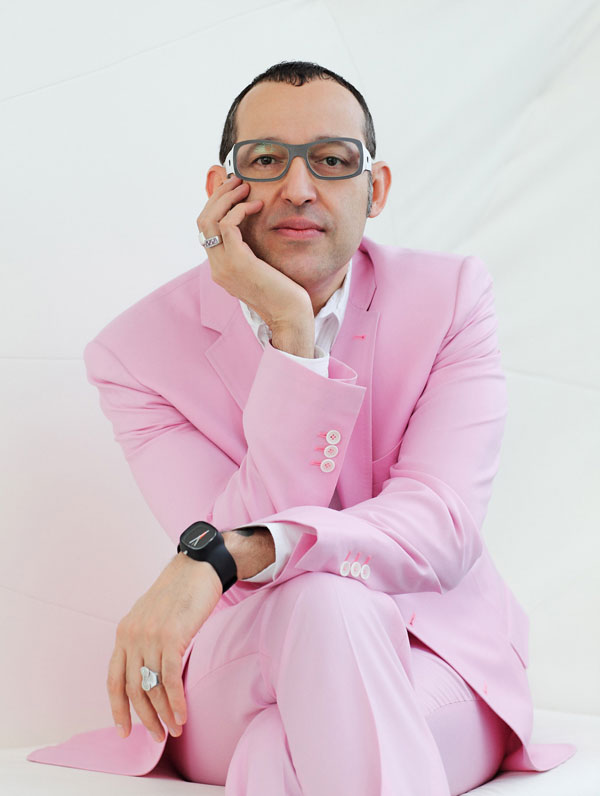
4. Karim is a frequent guest lecturer at universities and conferences globally disseminating the importance of design in everyday life. He holds Honorary Doctorates from the OCAD, Toronto and Corcoran College of Art & Design, Washington. Karim has been featured in magazines and books including Time, Vogue, Esquire, GQ, Wallpaper, and countless more.
5. Karim’s latest monograph, XX (Design Media Publishing, 2015), features 400 pages of work selected from the last 20 years. Other books include From The Beginning, an oral history of Karim’s life and inspiration (Forma, 2014); Sketch, featuring 300 hand drawings (Frame Publishing, 2011); KarimSpace, featuring 36 of Karim’s interior designs (Rizzoli, 2009); Design Your Self, Karim’s guide to living (Harper Collins, 2006); Digipop, a digital exploration of computer graphics (Taschen, 2005); Compact Design Portfolio (Chronicle Books 2004); as well as two monographs, titled Evolution (Universe, 2004) and I Want to Change the World (Rizzoli, 2001).
6. In 1992, Rashid started designing for US tableware company Nambé, producing a range of products – clocks, vases and candlesticks – that would help establish his signature look. Alloy and glass are perfect materials to convey Rashid’s organic “blobular” forms, and his work for American lighting brand George Kovacs and German glassware manufacturer Leonardo in the late 1990s again produced modern yet beautiful forms.
7. Rashid’s designs often incorporate a folded-ribbon look (using materials such as fabric, laminate, acrylic and steel) and his computer-generated asterisk, cross and figure-eight motifs, which can be seen on his stools, rugs, kitchen utensils and even Rashid’s own body tattoos.
8. His 1996 ‘Garbino’ rubbish bin for Canadian plastics company Umbra is Rashid’s most well-known design (along with its larger equivalent, the ‘Garbo’). This simple, softly rounded bucket in recycled polypropylene is still one of Umbra’s biggest sellers and is also placed in the permanent collection of the Museum of Modern Art, New York.
9. Once labelled the Poet of Plastic, New York-based interior designer Karim Rashid is known for his curvaceous designs and outspoken persona.
10. The same concept was applied to the affordable and award-winning ‘Oh’ chair, from 1999, which fulfils Rashid’s belief in ‘democratic design’. His skill with polypropylene has also been evident in the highly acclaimed packaging he has designed for global brands like Issey Miyake and Kenzo. More recently, Rashid has also undertaken a number of architecture projects, including the Semiramis Hotel in Athens and the newly opened Switch restaurant in Dubai.
11. In his spare time, Karim’s pluralism flirts with art, fashion, and music and is determined to creatively touch every aspect of our physical and virtual landscape.
12. Him and his team specialize in pattern, print, branding and creative direction. They produce designs that help create or revitalize brands that get noticed through a variety of print and other media. Depending on the nature of the project, graphics is intertwined in product and interior design. They have the ability design a project under one roof which allows for a more seamless process and holistic design.
13. Karim believes that we live in a very special time for humanity, where technology, through the digital revolution, has afforded us new tools to design better space in ways never before conceived.
14. He has an international staff that speaks 12 languages. Presently he is working in 23 countries.
15. To Karim, functionality and minimalism are essential, but, at the same time, he wants to move people and create furniture that make people feel at ease. He calls this approach to design ‘sensual minimalism’.
16. The notion of design being a “high art” has always felt ridiculous to him. “I’ve spent my career trying not to fall into that trap. Early on, companies interested in me were small. They charged more so that they could afford the tooling and the crafting by hand. That’s just what it took to make it. I started to think, Why aren’t bigger companies more interested in design? The designer humanizes our physical and virtual world. Fortunately, things have changed a lot since then. Companies now recognize that design is what differentiates. It’s critical, and demanded,” Karim said for interiordesign.net.
17. He loves doing packaging design, technology, synthetic processes and materials.
18. He used to be obsessed with drawing eyeglasses, shoes, radios and luggage throughout his childhood.
19. He loved Andy Warhol, Rodchenko, Picasso, Calder, Corbusier, Dec Chirac, YSL, Halston, and so many other artists that were pluralists.
20. Karim was also very inspired by his father who was a creative renaissance man, and he saw him create every day. He would design furniture, make dresses for my mother, paint canvases, design sets for television and film, and constantly take us to museums.
Self-driving cars. When will you buy yours?
Technology never ceases to amaze us and while some of us are always looking for the next trend and interesting thing going on, we find it harder and harder to know what is here to stick and impress. And more than that. What is the newest invention that will for sure be in our lives many years to come from now and will have a huge impact in our lives. Still, but all accounts so far and by all specialists’ opinions, we do have a winner. The driverless cars, may have been once a subject of science fiction, but nowadays the question is no longer whether they will replace manually driven cars, but how quickly they’ll take over.
Self-driving cars are safer. They don’t get sleepy or distracted, they don’t have blind spots, and there is nothing on their “minds” except getting safely from point A to point B. They look amazing and are so much smarter than anything we could image, so how not to get interested in the subject? One of the freshest piece of news is that Samsung is stepping up its plans for self-driving cars to rival former Google project Waymo, Uber and Apple, bringing the key players from the battle for smartphone dominance to the brave new world of autonomous vehicles. According to The Guardian, The South Korean electronics manufacturer, the world’s largest smartphone maker, has been given permission to test its self-driving cars on public roads by the South Korean ministry of land, infrastructure and transport, therefore becoming one of 20 firms given permission to test self-driving technology on public roads in South Korea. Samsung’s smartphone rival, Apple, was recently granted permission to test its long-rumoured vehicles in California.
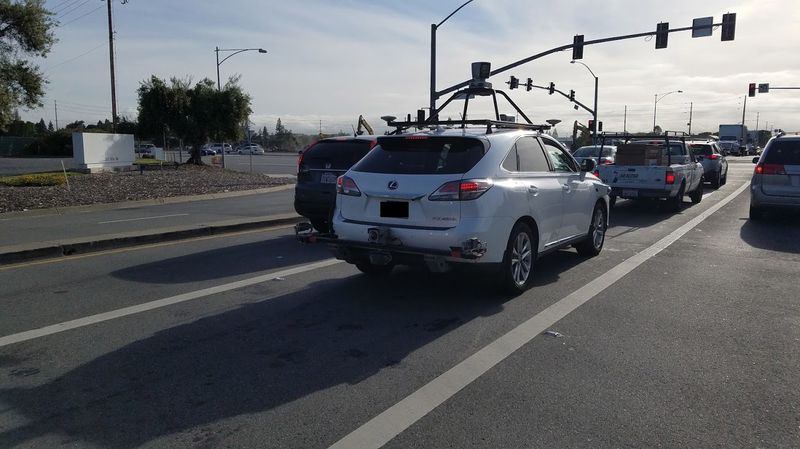
photo: Apple car
Unlike Apple, Google and other US technology firms, which predominantly use modified Lexus SUVs for testing autonomous systems, Samsung is using fellow Korean firm Hyundai’s vehicles. The cars will be augmented with Samsung-developed advanced sensors and machine-learning systems, which Samsung hopes to be able to provide to others building vehicles, rather than build cars itself. “Samsung Electronics plans to develop algorithms, sensors and computer modules that will make a self-driving car that is reliable even in the worst weather conditions,” said a Samsung spokesperson. The South Korean business giant completed its USD 8 billion (£6.2bn) acquisition of US automotive and audio supplier Harman International in March, a move it said would help Samsung seize on the transformative opportunities autonomous vehicle technology could bring.
Another big move on the market was in March when it was announced that Intel bought Mobileye for USD 15 billion, to lead its self-driving car unit.
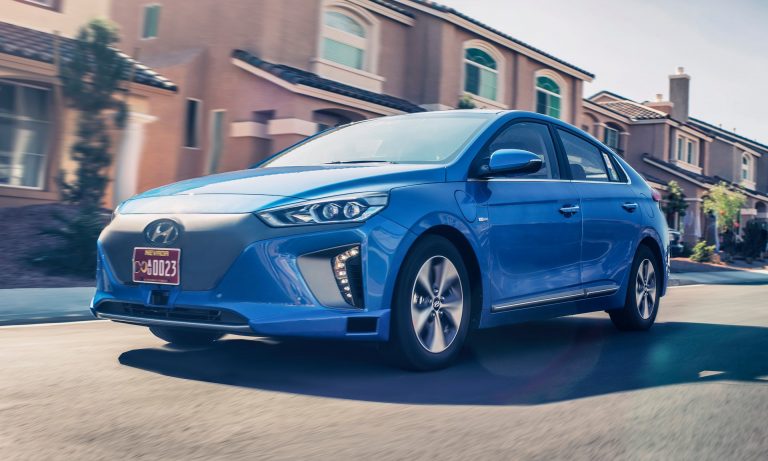
photo: Samsung car
According to ExtremeTech.com, Waymo, which was spun-off from Google X’s self-driving car project, has been working on a new generation of self-driving car technology based on Fiat-Chrysler Pacifica minivans. The new design looks a bit less “prototypical” than the older Google cars, but there’s still a large white hump on the top with a lidar array poking upward. These vehicles have been cruising around the streets of Phoenix for the better part of a year, and now locals can request rides in the Waymo cars. This program actually started two months ago, but it was kept under wraps and limited to only a few people. Now, Waymo is opening it up to anyone in one of the supported areas. That includes the Phoenix and the surrounding cities of Chandler, Tempe, Mesa, and Gilbert. You have to apply for access to the program, but once you’re accepted, all members of your immediate family can take advantage. Waymo also encourages those in the program to use the self-driving cars every day, as often as possible. There’s no cost for the program, but Waymo wants all the consumer feedback it can get. At this moment, Waymo is in the process of adding 500 new self-driving vehicles to its current fleet of 100. That will allow a lot more people to experience Waymo’s self-driving technology. “Rather than offering people one or two rides, the goal of this program is to give participants access to our fleet every day, at any time, to go anywhere within an area that’s about twice the size of San Francisco,” Waymo CEO John Krafcik said in a Medium post.
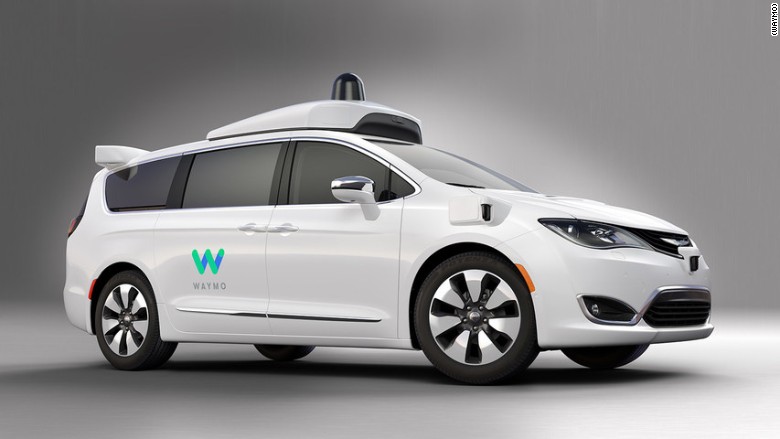
Google, which owns Waymo, has long been the world leader in self-driving vehicle technology. But it has had key team members depart in the last year to launch self-driving car programs at other tech firms, car companies and startups. When it comes to its technology, Google invented the Laser Illuminating Detection and Ranging – or LIDAR – used to build a 3D map and allowing the car to “see” potential hazards by bouncing a laser beam off of surfaces surrounding the car in order to accurately determine the distance and the profile of that object. The Google Car was designed to use a Velodyne 64-beam laser in order to give the on-board processor a 360-degree view by mounting the LIDAR unit to the top of the car (for unobstructed viewing) and allowing it to rotate on a custom-built base. With two sensors in the front bumper, and two in the rear, the radar units allow the car to avoid impact by sending a signal to the on-board processor to apply the brakes, or move out of the way when applicable. This technology works in conjunction with other features on the car such as inertial measurement units, gyroscopes, and a wheel encoder in order to send accurate signals to the processing unit (the brain) of the vehicle in order to better make decisions on how to avoid potential accidents.
The actual camera technology and setup on each driverless car varies, but one prototype uses cameras mounted to the exterior with slight separation in order to give an overlapping view of the car’s surroundings. This technology is not unlike the human eye which provides overlapping images to the brain before determining things like depth of field, peripheral movement, and dimensionality of objects. Each camera has a 50-degree field of view and is accurate to about 30 meters. The cameras themselves are quite useful, but much like everything else in the car they are redundant technology that would allow the car to work even if they were to malfunction. One of its most amazing features is the fact that this combination of hardware and software can see and predict the motions of cyclists and pedestrians, it can identify construction cones and roads blocked by detour signs, and deduce the intentions of traffic cops with signs. Moreover, it can handle four-way-stops, adjust its speed on the highway to keep up with traffic, and even adjust its driving to make the ride comfortable for its human payload. The software is also aware of its own blind spots, and behaves cautiously when there might be cross-traffic or a pedestrian hiding in them. And all of these aspects have been transferred to Waymo.
But, according to CNN, Waymo is not the first to offer self-driving rides to consumers. Uber launched self-driving rides for select passengers in Pittsburgh last year. And Boston-based nuTonomy offers rides in a Singapore neighborhood. All of these companies use test drivers to guarantee safety. Besides them, Toyota, Nissan, BMW, Honda, Tesla, Mercedes and Ford all have their own self-driving car projects, although none of them are considered to be as advanced. About how they are doing so far in the allowed tests, The Guardian writes here.
Nissan is using the all-electric Leaf for various stages of autonomous vehicle testing at its Advanced Engineering Center in Atsugi, Japan, and in California at the Nissan North American Silicon Valley Research Center, according to Travis Parman, director of corporate communications. Nissan has been testing the vehicles since October 2013 and the company plans to commercialize autonomous driving technology in stages, but Parman says its vehicles could have the ability to navigate busy city intersections without a driver by 2020. Moreover, Nissan and NASA just announced a five-year research and development partnership to advance autonomous vehicles and prepare for commercial application of the technology.
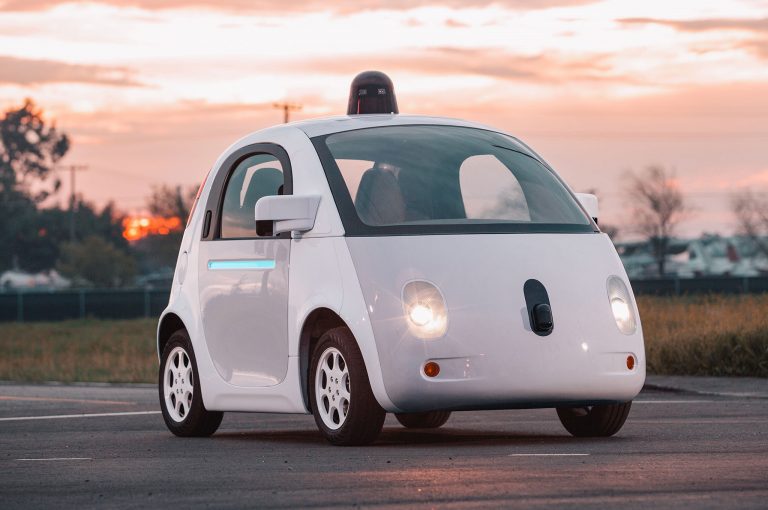
Taking a further look into the future and the companies’ predictions, Scott Keogh, Head of Audi America announced at the CES 2017 that an Audio that really would drive itself would be available by 2020, the same year as Toyota, while Mark Fields, Ford’s CEO announced that the company plans to offer fully self-driving vehicles by 2021. The vehicles, which will come without steering wheel and pedals, will be targeted to fleets which provide autonomous mobility services. Fields expects that it will take several years longer until Ford will sell autonomous vehicles to the public. At their annual shareholder meeting, BMW CEO Harald Krueger said that BMW will launch a self-driving electric vehicle, the BMW iNext, in 2021, while Raj Nair, Ford’s head of product development, expects that autonomous vehicles of SAE level 4 (which means that the car needs no driver but may not be capable of driving everywhere) will hit the market by 2020.
US Secretary of Transportation stated at the 2015 Frankfurt Auto show that he expects driverless cars to be in use all over the world by 2025. Therefore, the question remains: when do you plan to buy yours?

